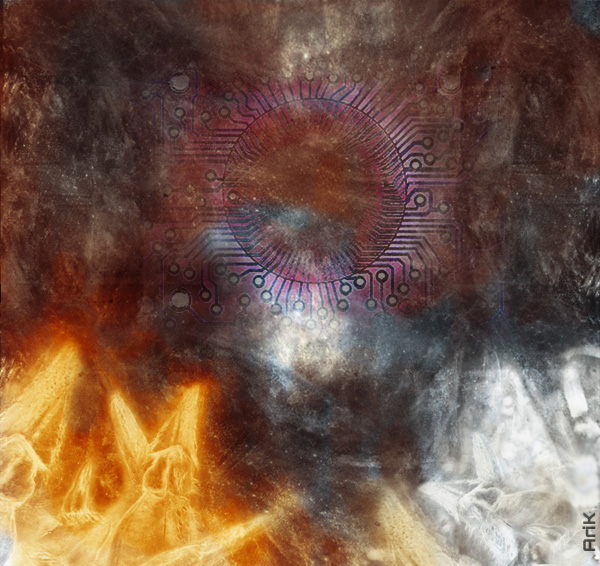BY LETTER
Ginnungagap Theory, The
The Ginnungagap Theory was advanced to explain why the entire universe has not been converted to a single technosphere by the earliest intelligent beings or any of their successors.
Most explanations of the revised Fermi Paradox fail due to the existence of intergalactic missions — most proposed threats or developments leading to the destruction (or other ending) of a civilization will only affect the part that remains nonmobile and within the same galaxy. Given the number of longshot expeditions outwards it seems unlikely any conceivable threat could wipe out all traces (and hence expansion tendencies) of the Terragens.
The Ginnungagap Theory suggests that there exists something in intergalactic space that prevents travel (the passive form) or that intergalactic travel attempts arouse hostile action from these "dwellers in the void". This would explain the longevity of certain alien species that are not particularly expansive, while other species have vanished early on. The nature of the dwellers remains conjectural, but one possibility is clarketech civilizations existing within the extragalactic quintessence field.
A variant of the theory, popular among the more dramatic eschatologists, is the temporal erasure hypothesis. Since even clarketech is limited, it seems unlikely the dwellers would be able to catch every escaping being from a galaxy. But if the Imso-545 topos model of Z-Theory holds, it might be possible to exploit wormholes for limited time rewriting (this is a highly controversial statement, and does not seem to be taken seriously by any high transapient physicists). The dwellers would simply reach back in time and make the civilization making trouble never arise in the first place. Adherents to the erasure hypothesis fully expect the imminent unexistence of the Terragens. Mythopoetically the Ginnungagap theory is a typical "here be dragons" model to encourage a ne-plus-ultra approach to intergalactic expansion.
Related Articles
Appears in Topics
Development Notes
Text by Anders Sandberg
Initially published on 31 October 2001.
Initially published on 31 October 2001.







